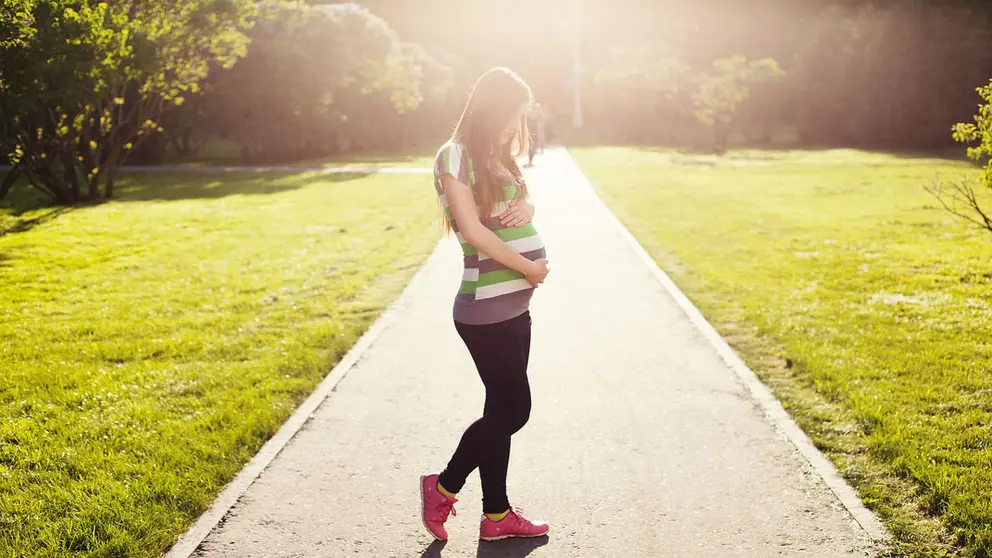Finland's population increased by 10,854 people in 2020 due to migration gain from abroad.
Last year the number of births in Finland was 8,491 lower than that of deaths, but the number of immigrants was 19,378 higher than that of emigrants, according to Statistics Finland's latest data.
The preliminary total fertility rate grew slightly from the previous year, being 1.37 in 2020 (1.35 children in 2019).
The total fertility rate indicates how many children a woman would give birth to, on average, during her life time if the birth rate remained the same as in the year on which the calculation is based.
According to the preliminary statistics in 2020 a total of 46,452 children were born, which is 839 more than in 2019. The number of deaths was 54,943 which is 994 higher than one year earlier.
Migration and pandemic
During the last year, 30,987 persons moved to Finland from abroad and 11,609 persons moved abroad from Finland. The effects of the restrictions due to the corona virus are visible in these figures on international migration. The number of immigrants was 1,771 lower and the number of emigrants 5,654 lower than in the previous year.
The number of emigrants in one year has last been under 12,000 in the end of 1990s and in 2010. In all, 9,281 of the immigrants and 7,624 of the emigrants were Finnish citizens.
The population grew most in absolute numbers in Uusimaa, where it grew by 13,908 persons. The next largest increase in population was seen in Pirkanmaa, 3,481 persons.
Relative to the population, population growth was highest in Uusimaa, 8.2 per mil, in Åland, 7.8 per mil and in Pirkanmaa, 6.7 per mil.
Population loss was highest in absolute numbers in the region of South-Savo that lost 1,725 inhabitants and in Kymenlaakso, where it decreased by 1,656 persons.











